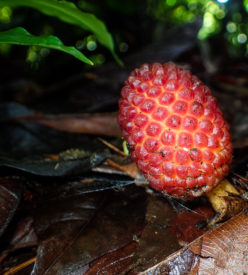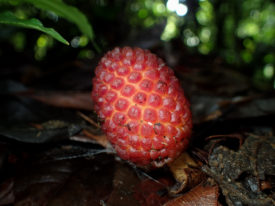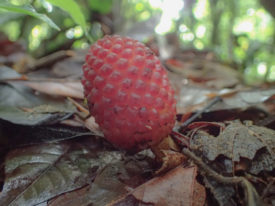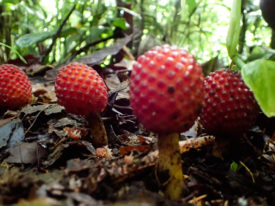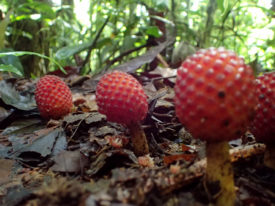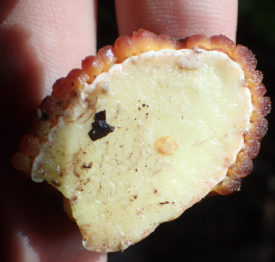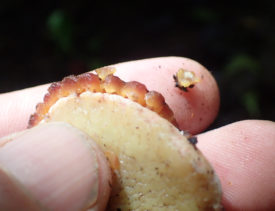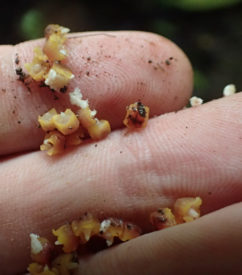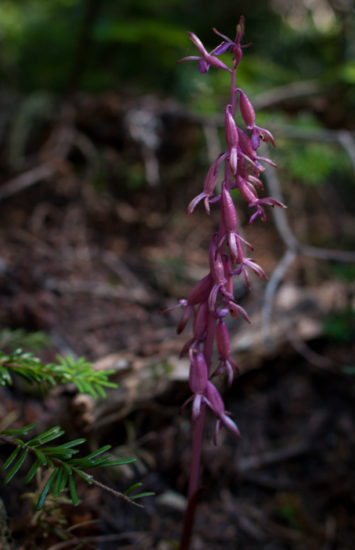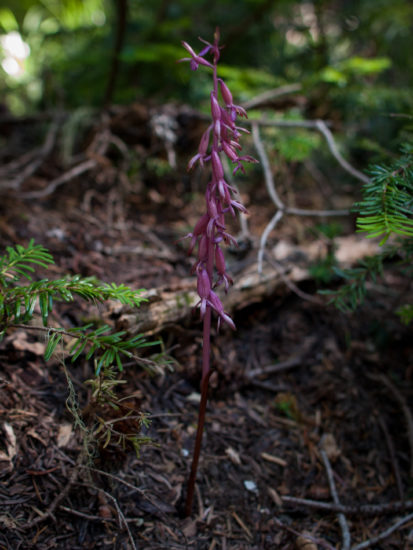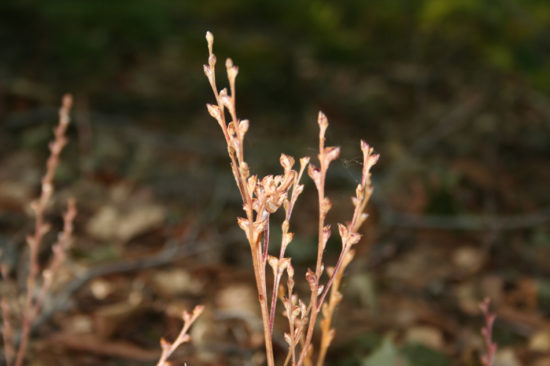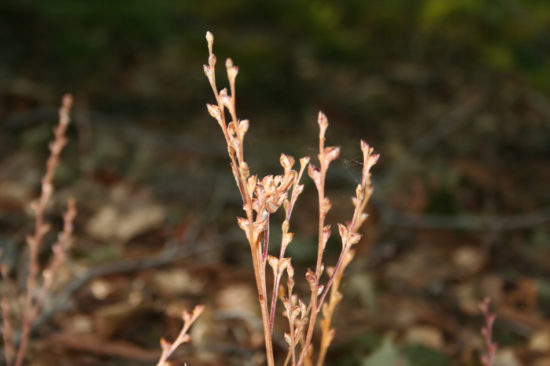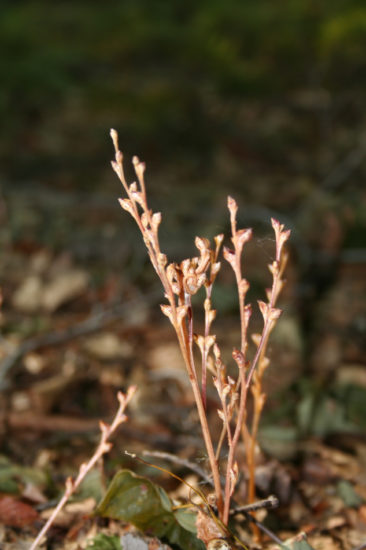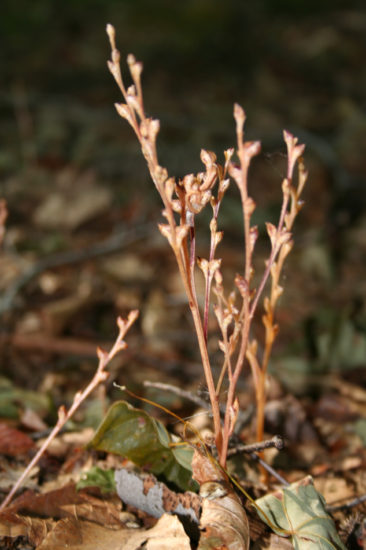On the trail, in August, wild flowers and blue skies dominate. I photographed many of the wild flowers, and hope to provide some identifications to the images. Here’s one:Erythronium montanum from a visit to Mt. Hood in 2012.
Tag Archives: Oregon
Top Spur Trail
Top Spur Trail overlooking Mount Hood with Jenn and Jamie back in 2012.
Mount Hood
Digging into some old, unpublished photographs, I came across a trip to Portland, Oregon, for the annual meeting of the Ecological Society of America in 2012. Jamie kindly hosted Jenn and me in her home (then did so again in 2017), and we took a trip to Top Spur Trail after the meeting’s end. Here are some landscape and panorama images from Top Spur Trail approaching Mount Hood.
Parasitic plants!
Lining part of the water trail in Las Cruces, we discovered these strawberry-looking inflorescence from a Balanophoraceae, perhaps Helosis sp.—-a type of parasitic plant. The majority of the plant’s body is subterranean and parasitizes other plant roots. Tubercles on the stems grow into fruiting bodies likes those pictured here.
I introduce plants to my biology students with parasite plants to illustrate that not all plants are green things that “make their own food.” Instead, they’re a diverse group of multicellular eukaryotes characterized by a common (and complex) life cycle, a waxy cuticle, probably stomata for gas exchange, and almost certainly a unique common ancestry. Just look at the “distinguishing characteristics” of Balanophoraceae!
I’ve seen Western Coral Root (Corallorhiza maculata in Oregon), Indian Pipe (Monotropa uniflora in New York and Ohio), beech drop (Epifagus virginiana in Ohio), and mistletoes before—all parasitic groups. The Balanophoraceae (barnacle bodies) is the only family of plants I’ve seen that are all obligate parasites.




























